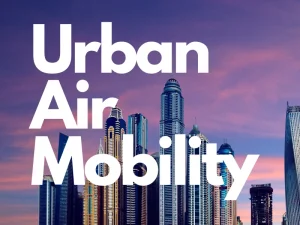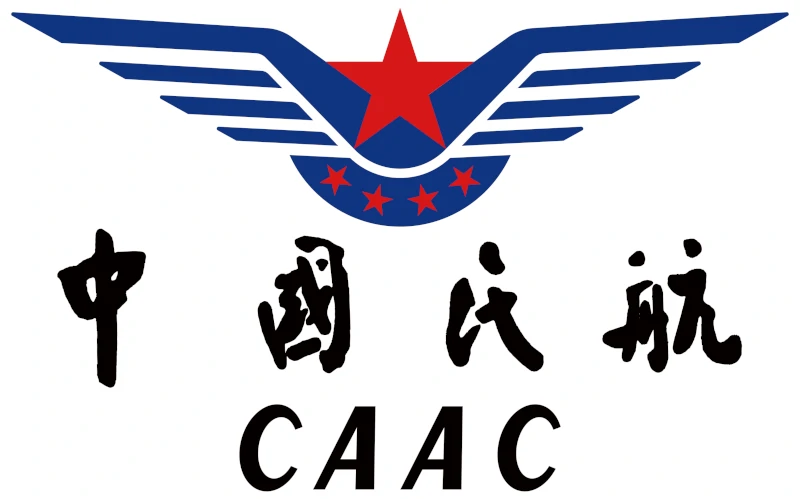Urban Air Mobility (UAM) is rapidly emerging as a revolutionary field in eVTOL transportation. This futuristic concept refers to the integration of automated or piloted aerial vehicles, such as drones or air cabs, into the urban landscape to improve transportation efficiency.

Urban air mobility has the potential to dramatically reduce traffic congestion by offering a new level of accessibility and connectivity. At the same time, however, UAM poses significant challenges in terms of safety, regulation, public acceptance, and infrastructure. FAA, EASA and CAAC are currently busy with bureaucracies and assessments related to this new aspect of flying. Nevertheless, with technological development and investment in research and development, UAM is increasingly becoming a tangible reality, promising to revolutionize the way we move through cities.
Urban Air Mobility Gains Ground
UAM is a concept that is rapidly gaining interest and attention from government, industry and academic circles around the world. There are several factors that are contributing to the growing popularity of UAM. First, traffic congestion has become a major problem in cities around the world, causing delays, stress and negative impacts on the environment.
The introduction of air vehicles into the urban ecosystem could alleviate this problem by providing a new mode of fast and efficient transportation.
In addition, UAM could improve accessibility in areas that are remote or poorly served by ground transportation. This would have a positive impact on people’s mobility and their quality of life.
Another important factor is technological progress in the production of autonomous and piloted aerial vehicles. This technology has become increasingly safe, reliable and efficient, paving the way for the integration of aerial vehicles into our daily lives. In addition, UAM could bring important benefits in terms of reducing greenhouse gas emissions and air pollution.
Major Initiators of UAM
Numerous projects, manufacturers and companies worldwide are investing in Urban Air Mobility (UAM), contributing to its rapid evolution.
- Uber Elevate: Uber’s vision of UAM, aims to create a network of small, electric VTOL (Vertical Take-off and Landing) aircraft that would provide rapid, reliable transportation in and around cities.
- Airbus CityAirbus: Airbus is developing an all-electric, four-seat, multicopter that aims to pioneer the UAM revolution.
- Volocopter: A German company that is creating autonomous air cabs to modernize urban transport and aims to build an entire ecosystem to enable UAM.
- Boeing NeXt: This project by Boeing explores the future of air travel and envisions a world where autonomous and piloted air vehicles coexist.
- Bell Nexus: Bell is developing a VTOL air cab that uses a hybrid-electric propulsion system, significantly contributing to UAM’s sustainable future.
- Joby Aviation: This company is focused on creating an electric air cab service, leading the charge in the UAM sector with significant funding and a partnership with Uber Elevate.
These companies and projects represent just a fraction of the global effort underway to make UAM a reality. The future of urban air mobility is no longer a question of “if” but “when.” With the continued advancements in technology and a growing demand for efficient, sustainable transportation, UAM is poised to revolutionize how we move around our cities.
Other governmental sources:


Pingback: The Future of eVTOL in Rome: First Vertiport In Italy - eVTOL World